
Iran's New Energy Minister Vows Action on Chronic Water Crisis
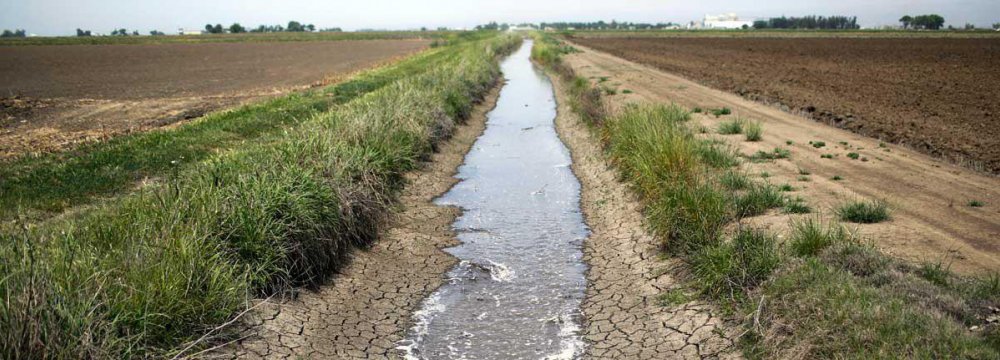
Prior to being voted in as the next energy minister in President Hassan Rouhani's administration for the next four years, Ardakanian expressed concern and laid out his vision for the country's water and power industries on Sunday, the Energy Ministry's website reported.
"We will devise and implement a comprehensive national document on managing water resources in collaboration with all stakeholders and authorities," said Ardakanian, who holds a PhD in water resource management from McMaster University of Canada and also serves as a faculty member of Sharif University of Technology.
"We need to restore balance to underground water reserves and help curtail drawdown of underground waters by 8 billion cubic meters," he said.
Ardakanian, 59, seems to fit the bill to help tackle Iran's water woes, given his role in international water and power initiatives.
He is the founding director of the United Nations University Institute for Integrated Management of Material Fluxes and of Resources, known as UNU-FLORES. He has served as director of the UN-Water Decade Program on Capacity Development since 2007 and served as vice rector of UNU in Europe from 2009–11.
The minister also has been on the boards of various international program/organizations such as the UNESCO International Hydrological Program, the UNESCO Institute for Water Education, the International Hydropower Association and the UNU Institute for Environment and Human Security.
Iran must take meaningful steps toward preserving its precious water resources in the face of a long spell of drought and dwindling rainfall by recycling wastewaters, Ardakanian argued, adding that the productive use of wastewater resources is a vital element to that end.
"In today's world, 'wastewater' is losing its traditional sense and is increasingly referred to as 'water with different color' … We need to look at wastewater as a new resource," he said.
According to Ardakanian, past efforts to manage and preserve water resources in the long run, including a program introduced in 2004 as part of the country's Fourth Five-Year Economic Development Plan, have been insufficient or poorly implemented.
Dam Construction Revisited
The minister voiced his intention to revisit an excessive and imprudent trend of dam construction in the past several decades.
Iran is reportedly the world's third biggest dam-builder after China and Turkey, but the unimpressive spot has come through years of costly trial and error in dam construction, hurting the nature and endangering wildlife.
"New dam projects, which are being designed or constructed, will be reassessed based on hydrological changes, environmental impacts and economic feasibility," he said.
According to media reports in July, Iran has over 170 dams, only 13% of which have a water level of 90-100% while nearly two-thirds are running at or below 40% capacity. The underwhelming numbers can be assigned to Iran's below-average rainfall and increasing temperature, but failing to take into account environmental factors has undeniably played a part.
He also pointed to plans to upgrade dilapidated irrigation systems in an agriculture sector that is responsible for more than 90% of Iran’s annual water consumption.
"Over 20 million hectares (200 billion square meters) of agricultural land in 85 countries are irrigated by wastewater," he said, adding that plans are in place to expand the use of wastewater in agriculture in a joint effort with help from the Food and Agriculture Organization of the UN and World Health Organization.
Power Agenda
The minister signaled that his efforts in the power industry will be largely focused on meeting the development targets rather than bringing about a turnaround.
"Expanding renewable energy resources will be an important mission under the Sixth Five-Year Development Plan (2017-22)," he said. According to Ardakanian, Iran's power production capacity from renewables, including solar and wind, is planned to increase by more than 10 times from below 500 megawatts in five years with "4,000 MW to become operational by 2021", which marks the end of Rouhani's second and last term as president.
Total installed a power generating capacity of 77,000 MW, up nearly 8,000 MW from 2013. That breaks down into over 62,000 MW of fossil fuel plants, 12 MW of hydroelectric power stations and 1,000 MW of nuclear power capacity.

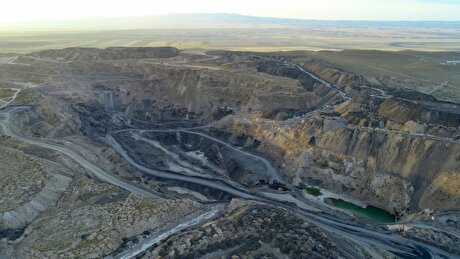
Uzbek gold miner said to eye $20 billion value in dual listing

Peabody–Anglo $3.8B coal deal on the brink after mine fire

A global market based on gold bars shudders on tariff threat
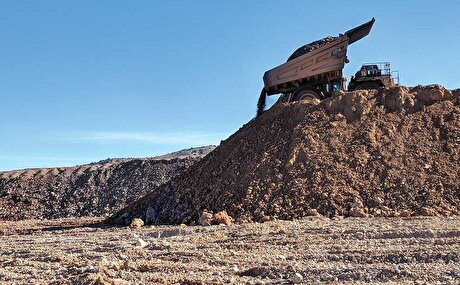
Minera Alamos buys Equinox’s Nevada assets for $115M
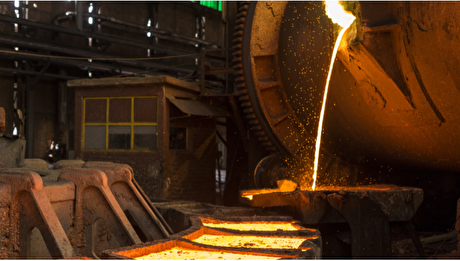
Adani’s new copper smelter in India applies to become LME-listed brand
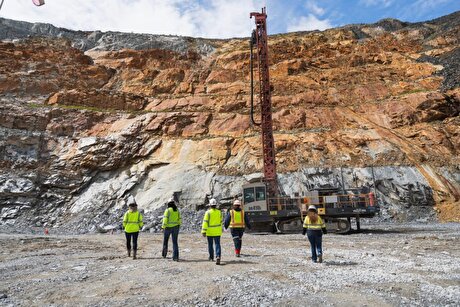
OceanaGold hits new high on strong Q2 results
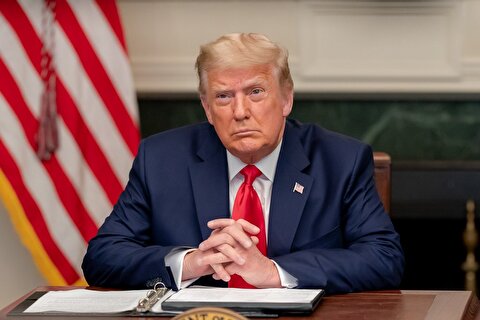
Trump says gold imports won’t be tariffed in reprieve for market
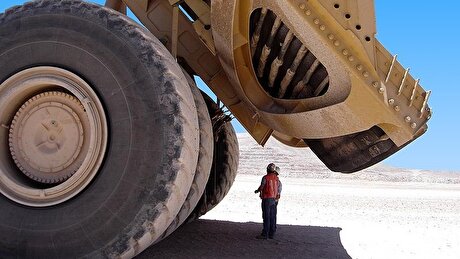
Cochilco maintains copper price forecast for 2025 and 2026

De Beers strikes first kimberlite field in 30 years
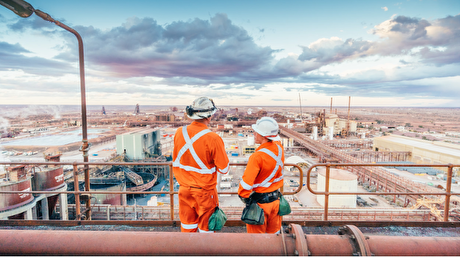
BHP shares near priciest valuation since 2021 on shift to miners

African Rainbow boosts Surge Copper stake to 19.9%
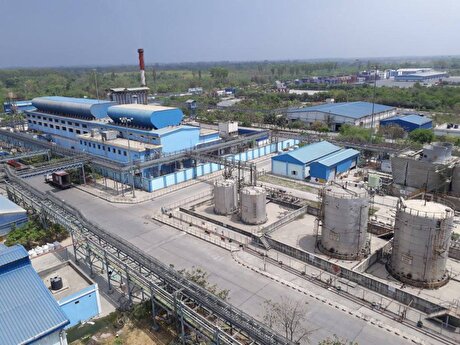
Hindustan Zinc to invest $438 million to build reprocessing plant
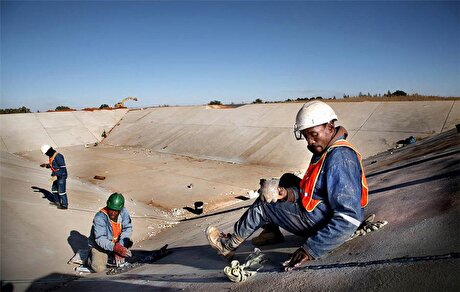
South Africa mining lobby gives draft law feedback with concerns

Wooden church sets off on slow Swedish road trip to escape mining subsidence
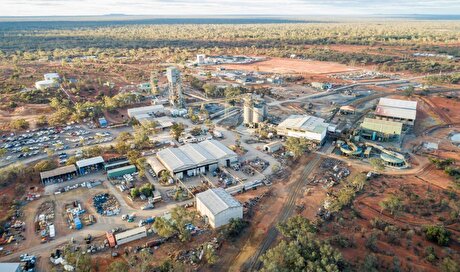
Harmony Gold’s MAC Copper takeover gets regulatory nod

Povrly Copper Industries orders a breakdown rolling mill for high-quality copper, brass, and bronze strip production

Advanced cold-rolled strip for China’s New Energy Vehicle market
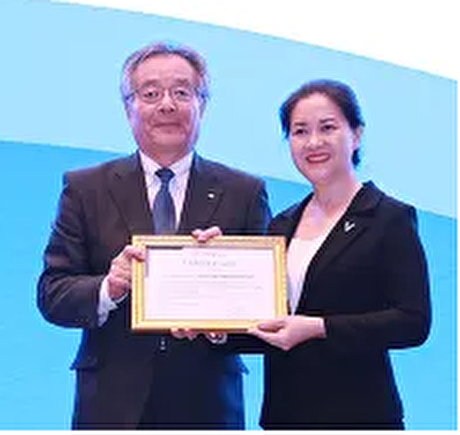
A Danieli greenfield project for competitive, quality rebar production

Antofagasta posts biggest profit margins since 2021

BHP shares near priciest valuation since 2021 on shift to miners

African Rainbow boosts Surge Copper stake to 19.9%

Hindustan Zinc to invest $438 million to build reprocessing plant

South Africa mining lobby gives draft law feedback with concerns

Wooden church sets off on slow Swedish road trip to escape mining subsidence

Harmony Gold’s MAC Copper takeover gets regulatory nod

Povrly Copper Industries orders a breakdown rolling mill for high-quality copper, brass, and bronze strip production

Advanced cold-rolled strip for China’s New Energy Vehicle market

A Danieli greenfield project for competitive, quality rebar production














